7 invaluable ways to keep your submarine network operations water-tight
Are you still running your submarine network with nodal craft tools, or a legacy Network Management System (NMS) to manage Fault Configuration Accounting Performance and Security (FCAPS)? Then you may not be taking full advantage of the innovation, efficiency, and optimization that Software-Defined Networking (SDN) and real-time analytics can deliver. Worse still, you may be unaware that you’re missing out on some business potential!
In fact, intelligent network control can expedite and automate the way you manage all stages of the network lifecycle including planning, commissioning, provisioning, assurance, and day-to-day operations. Also, it helps unlock new business potential through better capacity utilization and optimization.
Let me show you seven key ways Ciena's Manage, Control and Plan (MCP) domain controller, with integrated analytics apps, can help you build and manage an ultra-resilient submarine network that exceeds your customers' connectivity needs.
Ciena’s MCP is the industry’s most advanced multi-layer SDN domain controller with integrated analytics and optimization apps, within a ‘single pane of glass’.
1. Ensure submarine network infrastructure is configured to work as planned
It is essential for submarine network operators to avoid device misconfigurations that can cause costly network downtimes. Misconfigurations can happen due to human error or omission over time causing issues such as adjacency errors, authentication failures, loss of association or timing sync loss.
That is where MCP’s ‘Configuration Audit’ app can help. It audits network devices against a standard "Golden image" configuration and flags any discrepancies. Just run it on schedule or on-demand, and it will flag any configuration drifts in the network, reporting all configuration mismatches and helping avoid potential outages.

Figure 1: MCP's Configuration Audit quickly identifies and fixes network misconfigurations

2. Always maintain connectivity to your devices
No matter how good your operations software tools are, if the server hosting them cannot communicate with the network devices, you are spinning your wheels. It is therefore critical to ensure your Data Communications Network (DCN) – the network by which the host server talks to devices – is always up and running.
Thanks to MCP's ‘DCN Visualization’ app, network operations teams can auto-discover the DCN topology and view the IP/Ethernet paths to verify connectivity and spot any issues. This visibility of IP, OSPF and router details ensures reliable communications, hence expediting troubleshooting of any network issue.
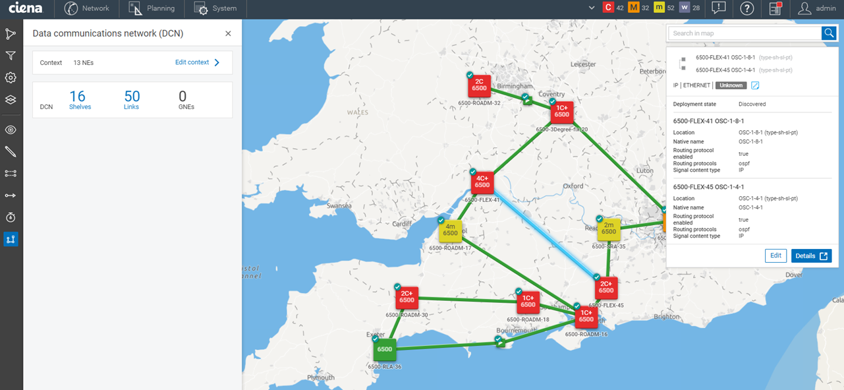
Figure 2: MCP's DCN Visualization ensures connectivity to all network devices for reliable troubleshooting

3. See how your entire network is behaving at all times
Do you know that infrastructure assets are often under-utilized in optical networks? When it comes to costly, critical submarine network infrastructure, monitoring and optimizing capacity utilization is indispensable. MCP's ‘Network Utilization’ app provides network operators with an end-to-end view of network utilization at all layers, including fiber, spectrum, wavelength, and equipment.
Open cable designs are the way of the future, and the MCP graphical user interface provides complete, real-time visibility across multi-vendor Submarine Line Terminal Equipment (SLTE), Repeaters (optical amplifiers), and Branching Units (BUs), so you never have a blind spot. You can also drill down per service to analyze topology details. This comprehensive visibility greatly improves mean time to repair (MTTR) and service impacts due to underlying faults.
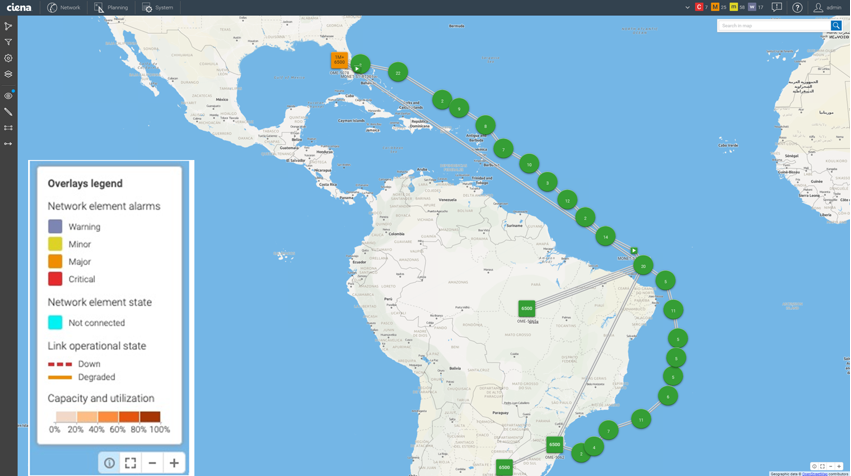
Figure 3: MCP’s Network Utilization provides full visibility of the state and utilization of open cable systems

4. Prioritize troubleshooting of customer-impacting issues
It is often the case that a traditional NMS shows a flood of alarms but fails to translate them into meaningful, actionable insights, resulting in hours of manual effort.
MCP’s ‘Problem Analysis’ app is invaluable in cutting through the noise by correlating alarms, service types, customers, and infrastructure, grouping them together, and presenting the information in an intuitive user-friendly dashboard. The user can then easily identify and prioritize issues of greatest customer impact and rapidly perform Root Cause Analysis (RCA) to expedite resolution.
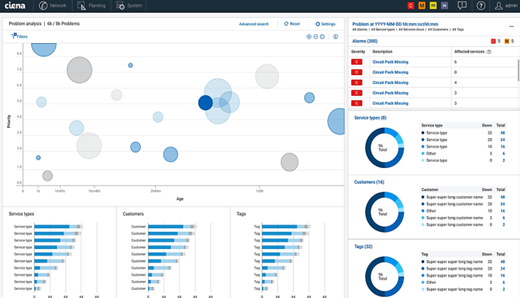
Figure 4: MCP’s Problem Analysis quickly identifies customer impacts

5. Maximize optical submarine network performance
Often, you are interested in knowing the Signal to Noise Ratio (SNR) to decide if there is enough margin for a channel upgrade. But channel performance changes over time, so it is not scalable to check each channel's optical performance one by one.
The Channel Margin Gauge’ app can help. It is one of Ciena’s Liquid Spectrum apps, a set of analytics apps that provide detailed optical performance metrics (PMs), Channel Margin Gauge delivers comprehensive visibility into SNR margin per wavelength to identify opportunities to turn up capacity on-demand, such as emergency capacity relief during outage scenarios. The app scans optical channels automatically and reports stable time-series data analysis so that users can be confident which channels could be upgraded, and which ones need investigation.
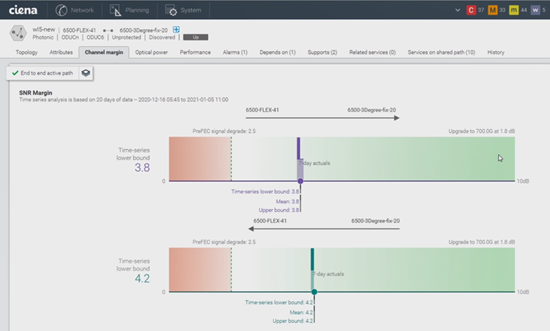
Figure 5: Liquid Spectrum's Channel Margin Gauge clearly shows when wavelength capacity can be upgraded

6. Offer flexible spectrum sharing services
Spectrum sharing logically partitions available optical spectrum on a submarine fiber pair for different customers, so each can have its own “virtual” fiber pair with right-sized capacity greater than a few wavelengths yet less than the entire fiber pair, since the latter is too costly or unavailable. This new business model increases submarine operators’ revenue potential; however, it cannot be implemented without a powerful management and monitoring system.
That is where MCP’s ‘Spectrum Sharing’ app shines. Operators can flexibly adjust the optical spectrum per customer needs and have granular visibility and management control of all the individual allocations. End-customers are provided visibility of their own service performance metrics, enabling them to self-monitor Service Level Agreements (SLAs).
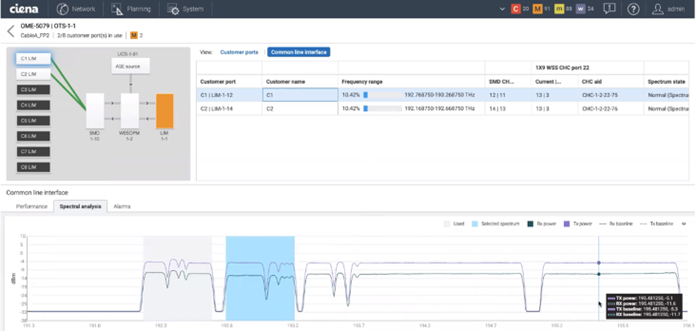
Figure 6: MCP's Spectrum Sharing dashboard provides customer-specific visibility and control

7. Analyze submarine network trends to anticipate capacity needs
With traditional NMS, operations teams struggle to know how the network is performing over time. Is the network running out of capacity? Are the Key Performance Indicators (KPIs) improving?
With MCP’s ‘Network Trends’ app, submarine network operators can see historical data and performance trends across services, equipment, and PMs over time. Deltas can be tracked over regularly scheduled time intervals. This data is extremely important to prevent capacity exhaustion and accurately plan future submarine network buildouts to meet projected capacity needs.
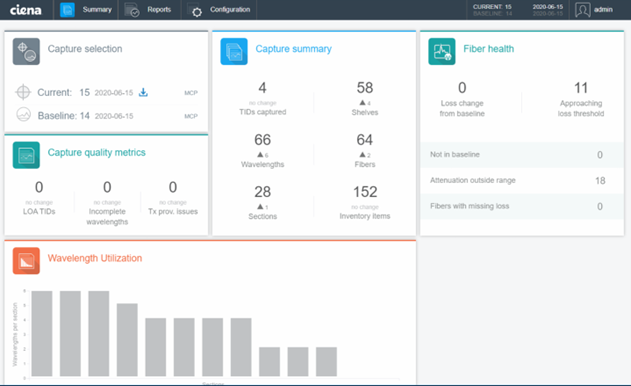
Figure 7: MCP's Network Trends highlight trends of key performance metrics

Ready to level up?
I’ve described seven significant ways that Ciena's MCP advanced analytics can modernize submarine network operations for better efficiency and automation. But there are many more ways that your own operational workflows can be streamlined and accelerated, to save you time and money. Ciena Services can work with you to determine the best approach.
In addition, there are different ways of deploying MCP software to best conform to your IT requirements and reduce server footprint. MCP is built on cloud-native technologies and supports deployments with major cloud providers around the world. Ciena also offers a managed MCP cloud-hosted solution, also known as Infrastructure as a Service (IaaS). With IaaS, Ciena will handle all installation and maintenance of your MCP instance hosted on a leading cloud provider, with a secure encrypted connection to your network and users.
Basic FCAPS is not enough for today’s connectivity demands. With Ciena’s MCP’s powerful visualization and analytics, submarine network operators can leverage the best software innovations to keep their operations running water-tight to maximize the return on their infrastructure investment and keep their customers satisfied.




